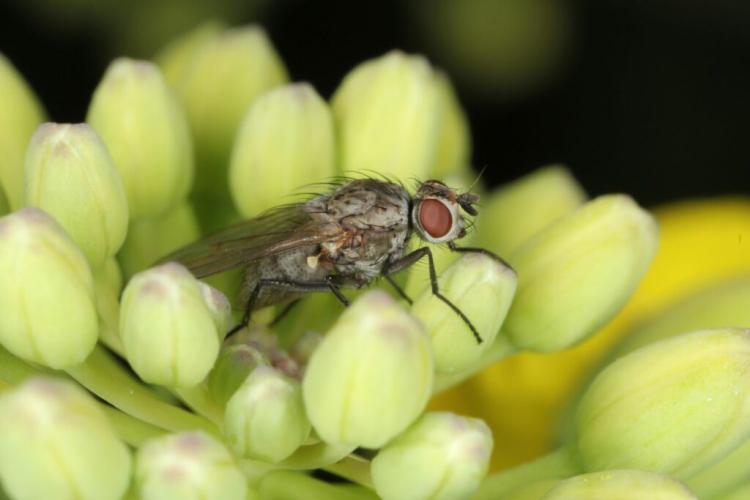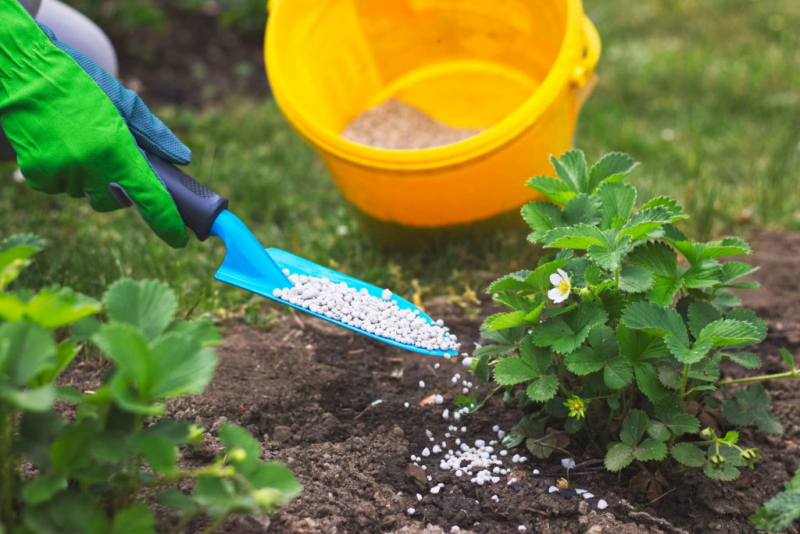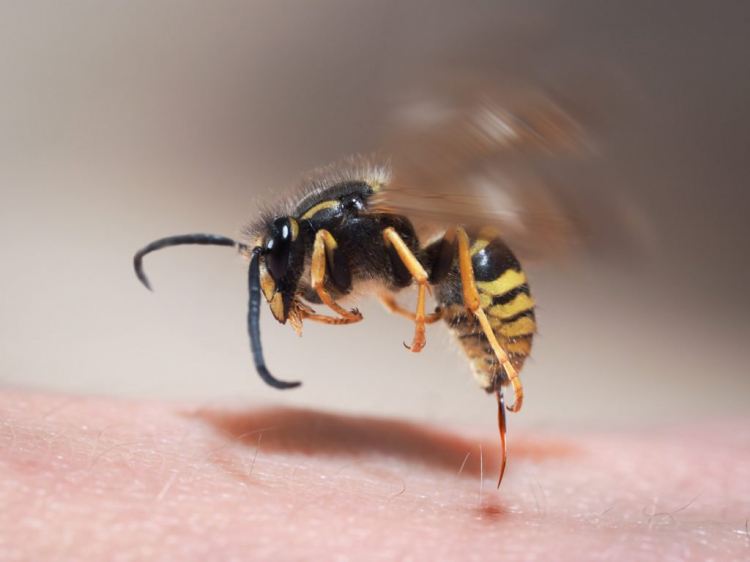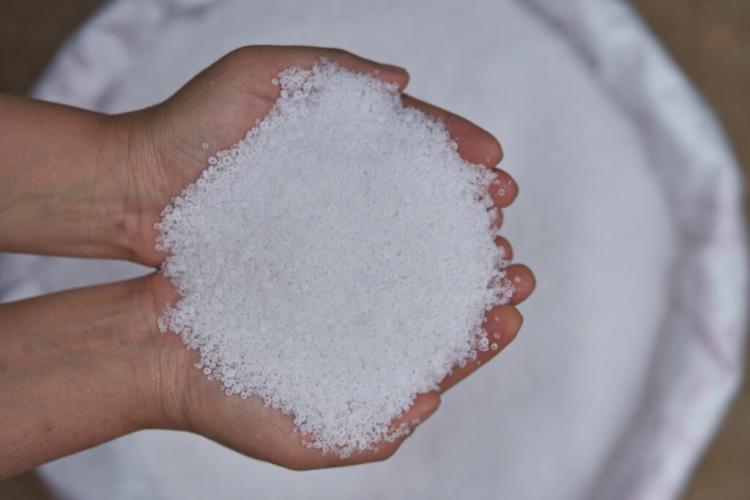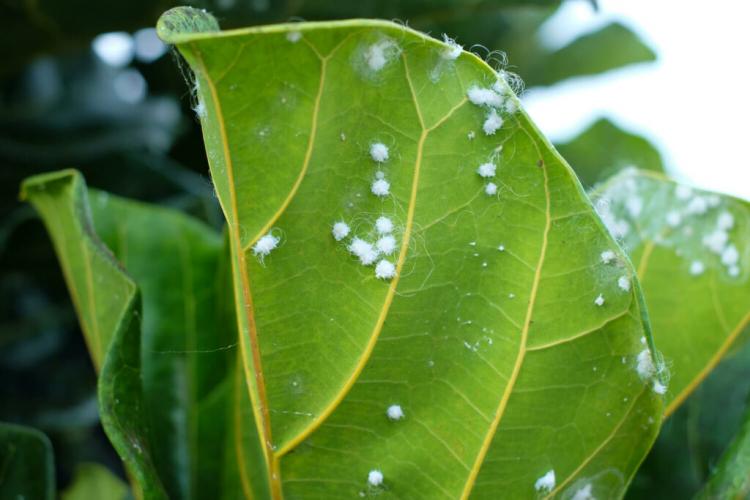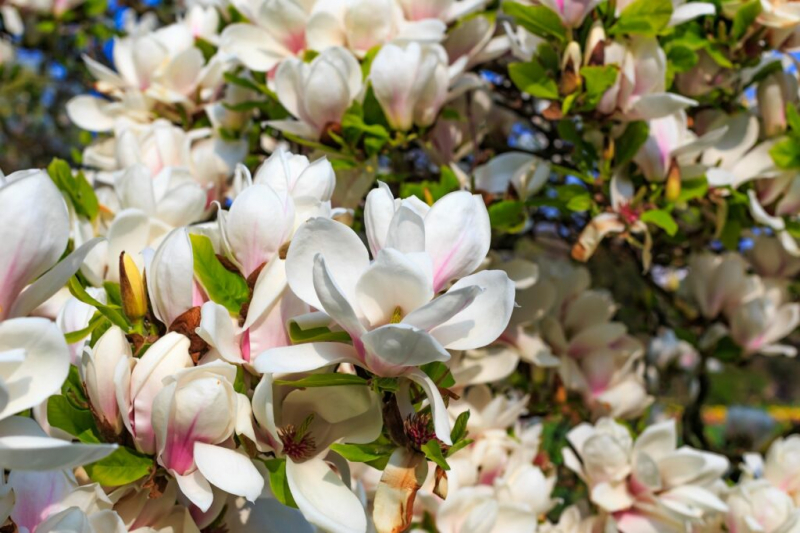Cabbage Fly: Detecting, Preventing, and Controlling
Here you can find out more about the damage caused by the cabbage fly and how the small whiteflies can be successfully prevented and controlled.
Symptoms of the cabbage fly
Table of Contents
Some hobby gardeners have had a nasty surprise during the cabbage harvest. The vital head of cabbage is harvested in autumn and should be prepared at home. Only when you cut up the cabbage do you suddenly come across feeding channels filled with small maggots. Sometimes the disappointment is not that great because you can already see from the outside of the plant that something is not quite right with it.
Infested plants are often underdeveloped and can begin to wither. In particularly severe cases, the whole cabbage can rot, as the maggots’ feeding channels are entry points for putrefactive diseases. The pest targets young plants and cauliflower in particular. Basically, however, all cabbage plants can be attacked.
Pathogen
The small cabbage fly (Delia radicum ) is usually responsible for the damage. Its larger relative, the great cabbage fly ( Delia floralis ), is less common. Around the beginning of the horse chestnut blossom (end of May), the little cabbage fly wakes up from its hibernation and looks for suitable plants to lay eggs. The fly relies on optical stimuli and the typical smell of cabbage. The cabbage fly has specialized in the cabbage family because its maggots can digest the mustard oils, which are toxic to insects, without any problems. The cabbage fly only has to share its food with a few other specialized insects.
After laying up to 100 eggs per female, the larvae hatch at the root neck of the cabbage plants and eat their way through the roots. Only the second and third generations of larvae also target the juicy veins of the cabbage leaves. Cauliflower florets also get on the collar from time to time.
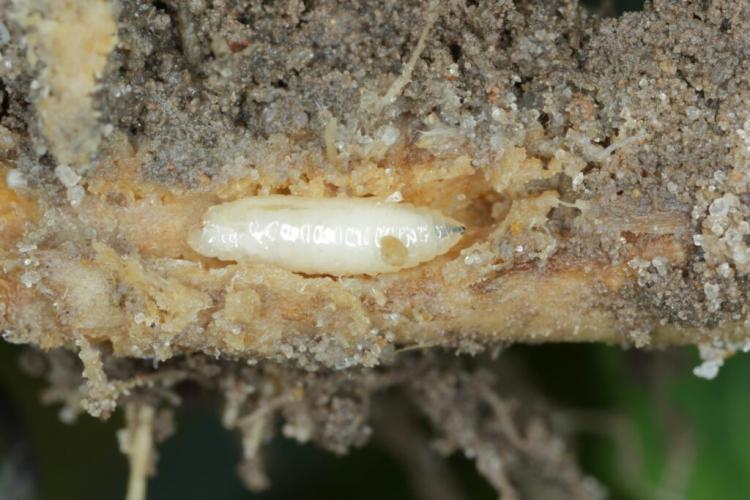
The larvae of the cabbage fly hatch at the base of the cabbage plant and eat their way into the shoot
Cabbage Fly: Preventive Measures
Since probably no hobby gardener would want cabbage with a maggot side dish, preventive measures are very important. In the case of a few cabbage plants, so-called cabbage collars are suitable for repelling the cabbage fly. Cabbage collars can also be easily made from felt yourself. Simply cut a 15 to 20 cm disc out of thick felt and then cut a slit from the middle to the edge.
Then place the disc around the root neck of the cabbage plant so that the root neck is at the end of the slot in the middle of the disc. This effectively prevents maggot infestation. An even more practical method is the use of close-meshed vegetable protection nets. These nets are a bit expensive to buy, but they also keep other pests such as the cabbage white butterfly away. If the net is left consistently on the cabbage plants from planting to harvest, an infestation is practically impossible.
The following products have proven themselves in our garden:
- Insect nets: reliably protect your plants from damage caused by eating
The meshes of the net must of course be intact and the net must also lie correctly on the ground. In addition, attention should generally be paid to a varied crop rotation, as the flies often overwinter in the remains of the cabbage.
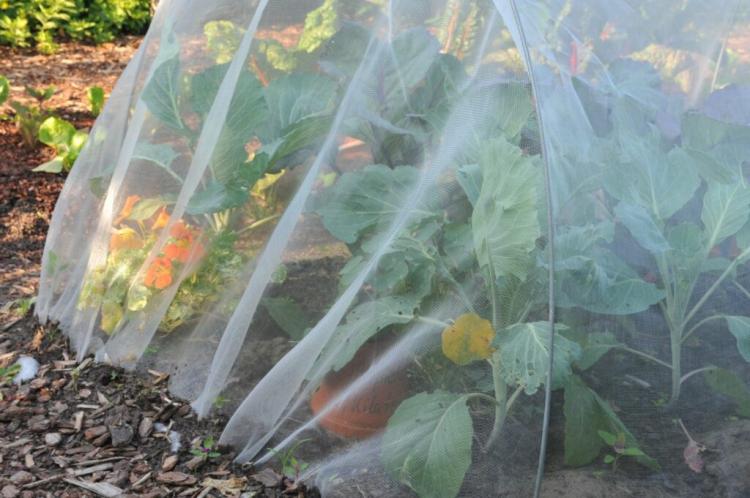
Using nets to protect cabbage plants from the cabbage fly has proven its worth
Combating the cabbage fly
Since the larvae of the cabbage fly belong to the mining insects, control is actually not possible (mining: pests eat in the plants, and a typical feeding channel is created). Even in commercial horticulture, control with chemical agents is difficult. The reason for this is that the larvae are protected by the plant in their feeding channels and the plant protection agent does not work at all or only poorly. Nevertheless, you shouldn’t lose your appetite for home-grown cabbage, because if the preventive measures are observed, nothing should stand in the way of a successful cabbage harvest.
Cabbage plants are not the only things that harm cabbage flies and cabbage whites, fungi can also cause considerable damage. In this article, you will find out how to recognize an infestation with a clubroot and how you can fight the fungal disease.
